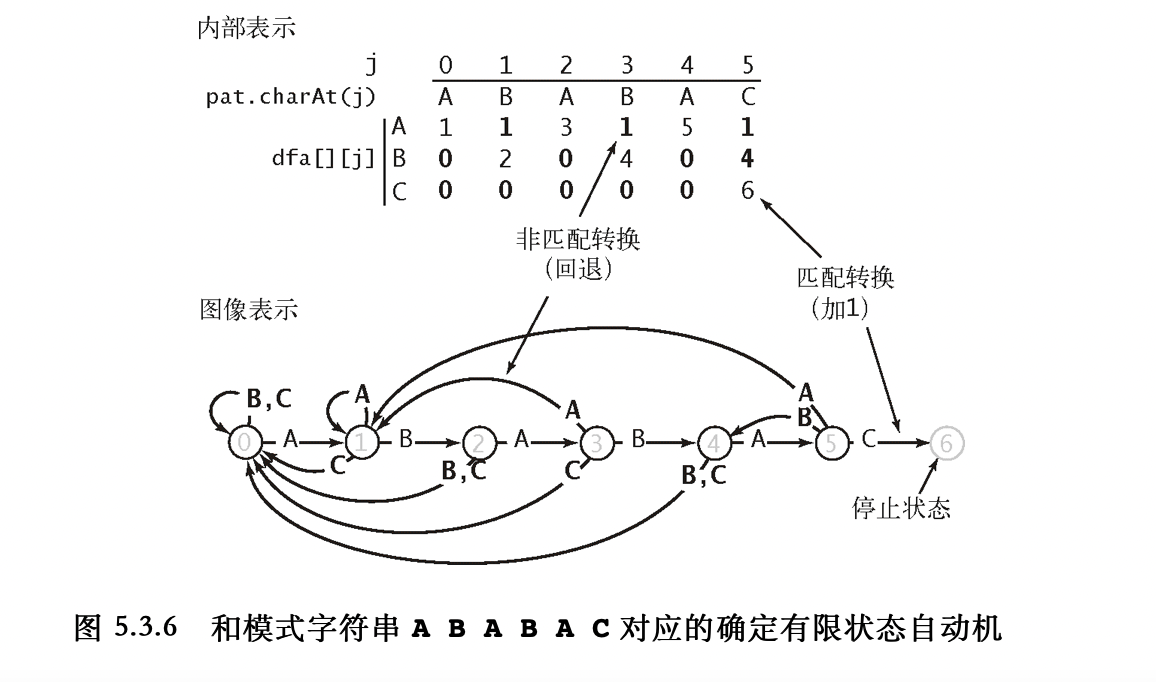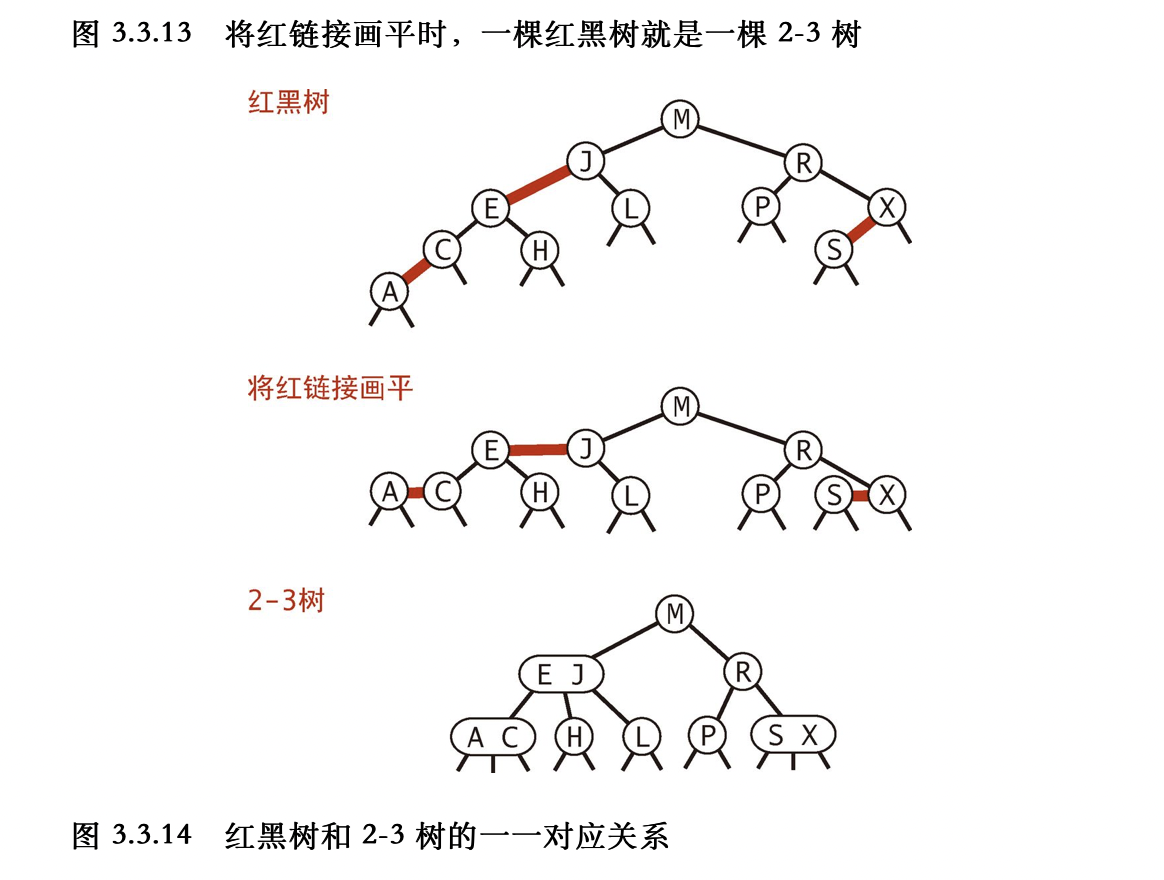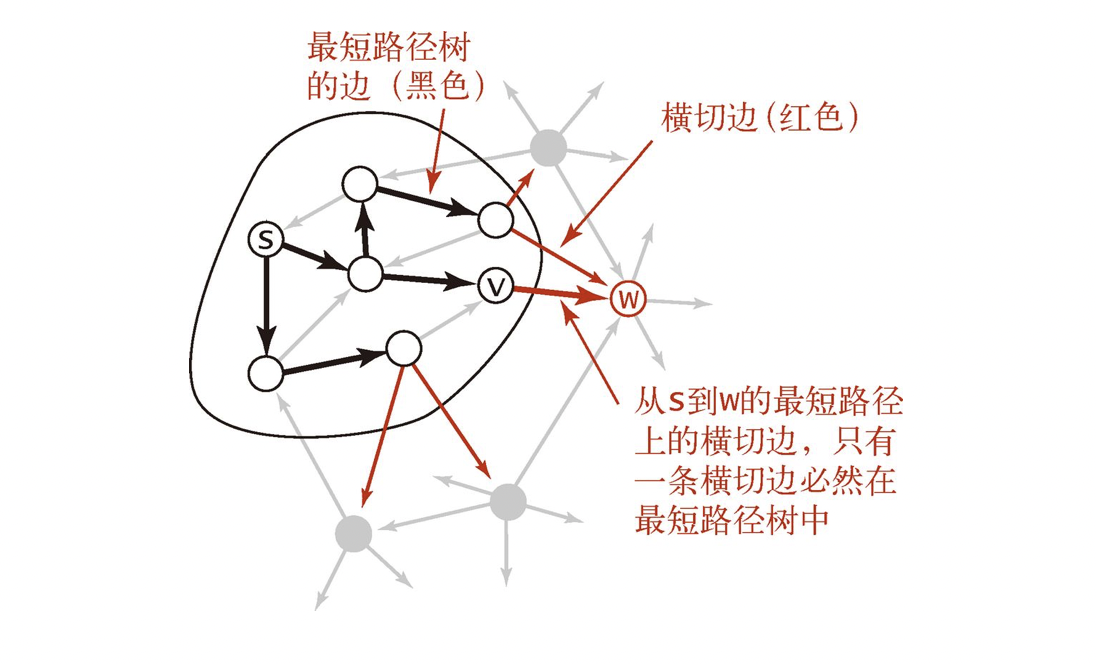1
2
3
4
5
6
7
8
9
10
11
12
13
14
15
16
17
18
19
20
21
22
23
24
25
26
27
28
29
30
31
32
33
34
35
36
37
38
39
40
41
42
43
44
45
46
47
48
49
50
51
52
53
54
55
56
57
58
59
60
61
62
63
64
65
66
67
68
69
70
71
72
73
74
75
76
77
78
79
80
81
82
83
84
85
86
87
88
89
90
91
92
93
94
95
96
97
98
99
100
101
102
103
104
105
106
| const int maxn = 2e5 + 10, inf = 0x3f3f3f3f;
int n, m;
vector<int> G[maxn];
class SegTree {
public:
struct node {
int l, r;
int tag, len, f;
};
int tot = 0;
vector<node> t;
SegTree() = default;
SegTree(int _tot) : tot(_tot) {
assert(_tot > 0);
t.resize(tot << 2);
}
void build(int p, int l, int r) {
t[p].l = l, t[p].r = r;
if (l >= r) {
t[p].f = 0, t[p].len = inf;
return;
}
int mid = (l+r) >> 1;
build(p<<1, l, mid);
build(p<<1|1, mid+1, r);
}
void push(int p) {
if (!t[p].tag) return;
int fv = t[p].tag; t[p].tag = 0;
t[p<<1].tag = fv;
t[p<<1].f = fv;
t[p<<1].len = fv - t[p<<1].r + 1;
t[p<<1|1].tag = fv;
t[p<<1|1].f = fv;
t[p<<1|1].len = fv - t[p<<1|1].r + 1;
}
void pull(int p) {
t[p].len = min(t[p<<1].len, t[p<<1|1].len);
t[p].f = min(t[p<<1].f, t[p<<1|1].f);
}
void change(int p, const int l, const int r, int fv) {
if (l <= t[p].l && t[p].r <= r) {
t[p].tag = fv;
t[p].f = fv;
t[p].len = fv - t[p].r + 1;
return;
}
push(p);
int mid = (t[p].l + t[p].r) >> 1;
if (l <= mid) change(p<<1, l, r, fv);
if (r > mid) change(p<<1|1, l, r, fv);
pull(p);
return;
}
int find(int p, const int l, const int r, int fv) {
if (t[p].l == t[p].r) return t[p].l;
push(p);
int mid = (t[p].l + t[p].r) >> 1;
int res = -1;
if (r > mid && t[p<<1|1].f < fv) res = find(p<<1|1, l, r, fv);
if (res != -1) return res;
if (l <= mid && t[p<<1].f < fv) res = find(p<<1, l, r, fv);
return res;
}
} seg(maxn);
void solve() {
for (int x = 1; x <= m; x++) {
for (int j = 1; j < G[x].size(); j++) {
int l = G[x][j-1] + 1, r = G[x][j];
// [l, pos] to be changed
int pos = seg.find(1, l, r, r);
if (pos == -1) continue;
seg.change(1, l, pos, r);
}
seg.change(1, G[x].back()+1, n, inf);
int res = seg.t[1].len;
printf("%d ", res);
}
}
int main() {
freopen("input.txt", "r", stdin);
scanf("%d%d", &n, &m);
for (int i = 1; i <= m; i++) G[i].push_back(0);
for (int i = 1; i <= n; i++) {
int x; scanf("%d", &x);
G[x].push_back(i);
}
// init seg tree
seg.build(1, 1, n);
solve();
}
|




